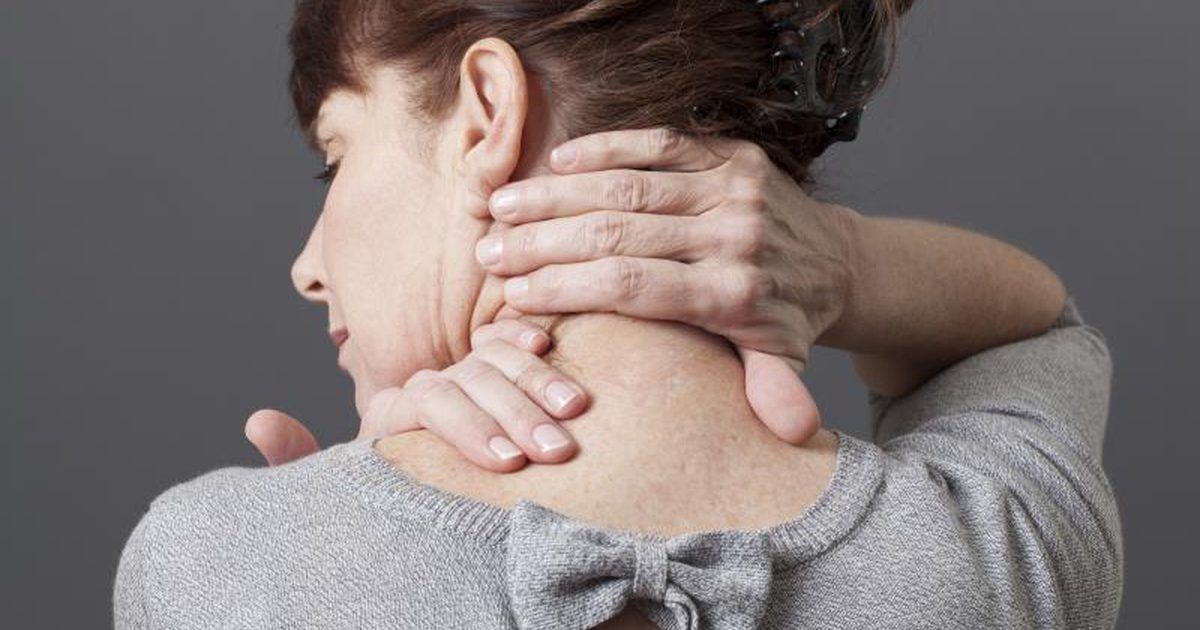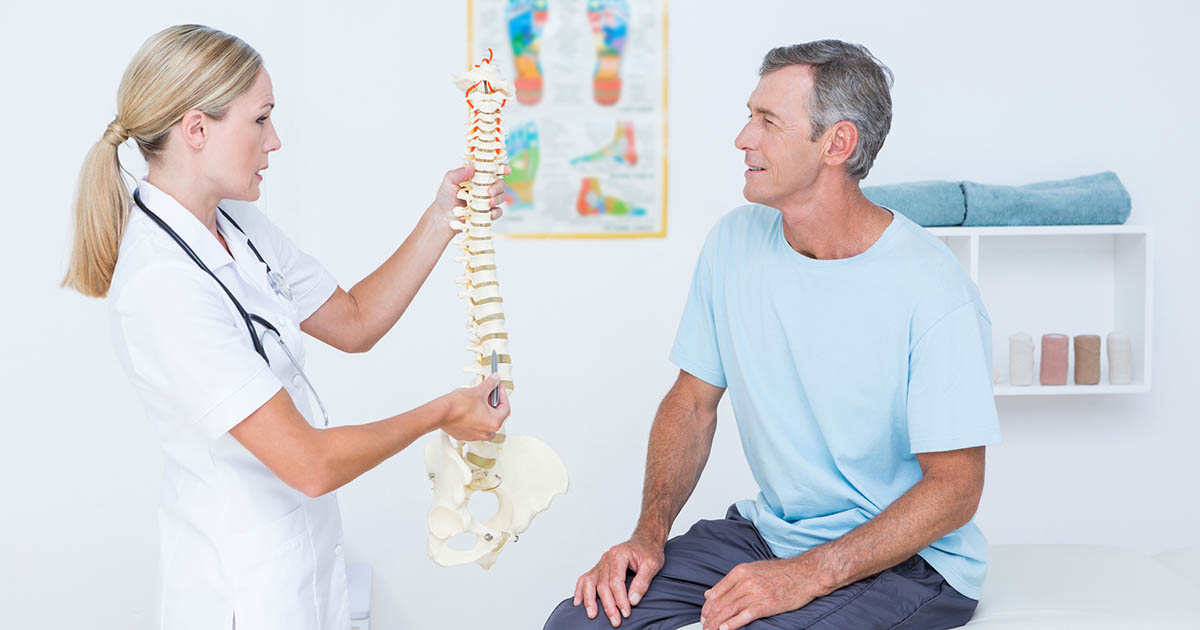Everything You Need To Know About Degenerative Disc Disease
Symptoms

Symptoms may vary from person to person, but they tend to always include back or neck pain. Some individuals may experience no pain at all while others are limited in their daily lives. Pain is often associated with the location of the affected disc. An affected disc in the neck may cause neck and arm pain while a disc affected in the lower back may cause pain in the legs, back, or buttocks. Pain often feels worse while bending over, reaching up, or twisting. Some patients with degenerative disc disease may experience numbness or tingling in the arms or legs.
Receiving A Diagnosis

Degenerative disc disease can be diagnosed through a physical exam and by looking at a patient's medical history. A physical exam may include checking the affected area's range of motion and how much pain is caused by a certain movement. X-rays and imaging tests will be considered if symptoms progress or develop after an injury or if nerve damage is suspected. Image testing may also be done if bone disease, a tumor, or infection may be present.
